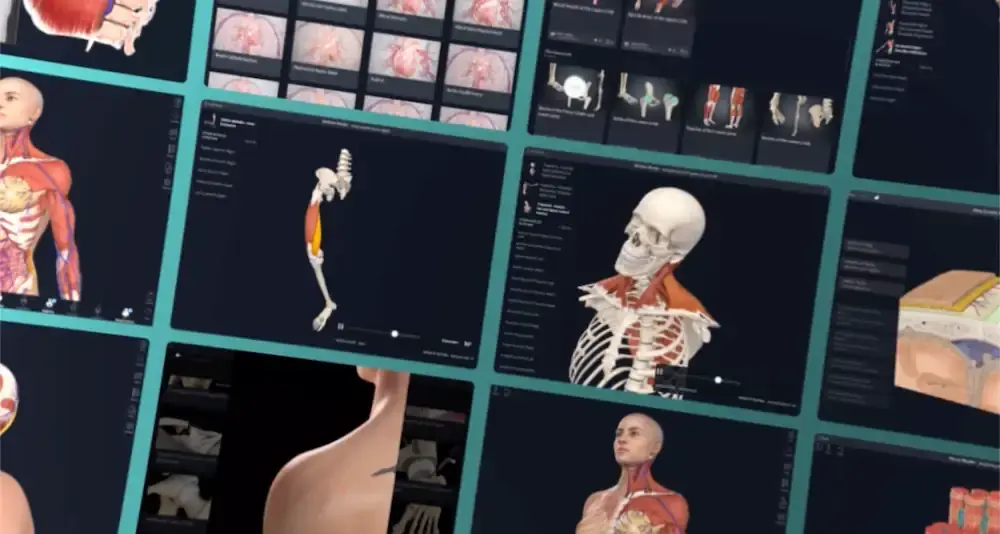
Structure
Blood vessels are tubular structures in which blood circulates around the body. Arteries are characterized by thick walls and a circular appearance in cross-section. The walls of arteries consist of three main layers: the inner layer, which is called the tunica intima, the middle layer known as the tunica media, and finally the outer layer, the tunica externa.
The most notable feature of arteries is their thick muscular walls, which allow them to function efficiently.
The three main layers of the arterial wall vary in composition. The tunica intima is composed of a single layer of compacted endothelial cells, known as the endothelium. The endothelium is one cell thick and lines the lumen. The tunica intima is enclosed by the basement membrane which is made of loose connective tissue to provide support to the endothelium. The tunica intima also consists of an outer subendothelial layer consisting of connective tissue.
A layer of elastic tissue, known as the internal elastic lamina, separates the tunica intima from the tunica media. The tunica media is the thickest layer of arteries and consists mainly of smooth muscle, that controls the diameter of the lumen to regulate blood flow and blood pressure. Separating the tunica media from the tunica externa, is a layer of elastic tissue, called the external elastic lamina. The tunica externa encapsulates the vessel in the surrounding tissue. This layer consists of connective tissue with varying amounts of elastic and collagenous fibers.
Related parts of the anatomy
Function
Arteries carry blood away from the heart and to all body organs and tissues. Their thick muscular walls facilitate this function, enabling blood to be pumped under high pressure around the body. Blood that is transported through arteries is typically oxygen-rich, except for the pulmonary arteries which carry deoxygenated blood from the heart to the lungs.
Another function of arteries is the regulation of systemic blood flow. Through vasodilation and vasoconstriction arteries’ lumen can be increased or decreased in diameter, respectively. This change in the lumen allows greater or lesser blood flow through the vessel.
Arteries play an important role in the transport of vital molecules around the body. These molecules include dissolved gases, metabolic waste, nutrients, cells of the immune system and hormones.
List of Clinical Correlates
- Atherosclerosis
Learn more about this topic from other Elsevier products
Artery and vein histology: Video, Causes, & Meaning

Artery and vein histology: Symptoms, Causes, Videos & Quizzes | Learn Fast for Better Retention!
Artery

Arteries are vessels transporting blood between heart, tissues, and other organs in order to supply them with nutrition and oxygen.
